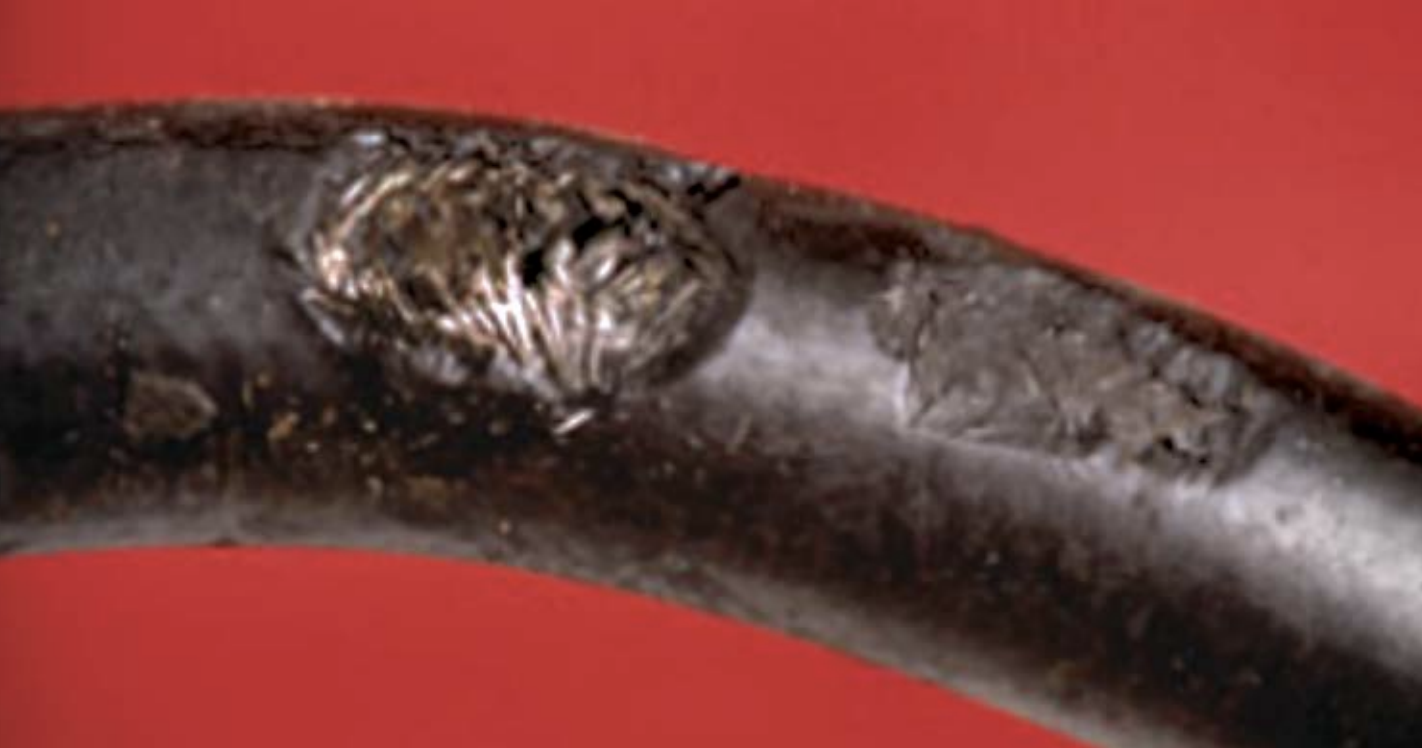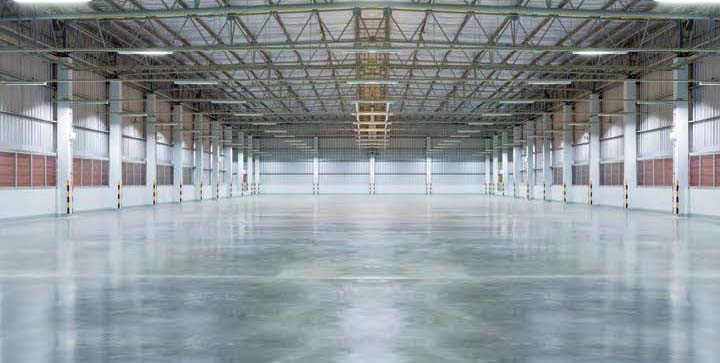
Are Your Hydraulic Systems Tired?

By Rick Glidewell
Hydraulic powered systems like power packs, core drills, wall saws, wire saws and hand saws can be very productive, and in certain applications, vital. Large diameter holes and underwater cutting are examples where hydraulic equipment is preferred, due to horsepower requirements and when performing underwater tasks. After years of use with little or no maintenance, the pumps, motors, hoses and connections on your tools become worn and weak. In a single day, multiple hose connections take place, and without notice, contamination can occur
Keeping your hydraulic systems in tip-top shape requires routine maintenance and upkeep. Hydraulic pumps and motors are susceptible to premature failure due to dirty hydraulic oil, dirty filters, oil viscosity breakdown, water contamination, overheating and cavitation.
Cavitation is the formation of bubbles or cavities in liquid, developed in areas of low pressure around an impeller. The collapsing of these bubbles causes shockwaves inside the pump, causing significant damage to the impeller and/or the pump. Subjecting the pump to air in the system, cold startups at high rpm’s, dirty suction filters, poor system ventilation, plugged suction lines, damaged hydraulic hoses and loose-fitting connections can be leading causes of cavitation and re-occurring pump failure.
Dirt injection into the system occurs when the hose connections are made without the fittings being thoroughly cleaned before every connection. Hoses can breakdown internally due to overheating, being run over or kinking, causing flaps or balloons that can block flow. This damage can be very difficult to troubleshoot. Hydraulic hoses require regular inspection, and any chafing of the rubber needs immediate attention to prevent further damage. Leaking hoses should be changed immediately, otherwise the oil cleanup cost can reach into the thousands of dollars. Pin holes in hoses can cause oil injection into the body, which is a very serious injury with lengthy and painful recovery. Abraisions or erosion of the outer rubber coating can lead to failure of the wire braiding which can puncture your skin even through work gloves. In areas where abrasion or exposure to high temperatures is a common occurance, hose sheilding may need to be applied for extra protection of the hoses. There are several types of hydraulic hose protection systems on the market. You can choose a hose based on a specific need, whether the wear and tear is from abraision or extreme heat exposure.
Power packs are generally produced with two different styles of pumps: variable displacement piston pumps or gear pumps. Variable displacement pumps generally produce a high flow with lower output pressure (25 gallons per minute (gpm) @ 2,500 psi), whereas a gear pump would produce a lower flow with higher pressure (15 gpm @ 3,300 psi). Both systems are not impervious to cavitation, but low flow high pressure systems are more susceptible to overheating due to the reduced volume of oil capacities. Low flow systems usually have approximately four to five gallons of oil in reserve, whereas a high flow system contain up to 50 gallons.
Tuning a hydraulic system requires a flow meter to properly test the pump’s capability to provide the proper flow and pressure combination. Variable displacement pumps have an adjustable compensator that can become dirty and unstable.
The flow meter would be configured with compatible hydraulic fittings, pressure gauge and a shut off valve to pressurize the system. This would then be connected into the main pressure line then back to tank in a closed loop
Once connected you would activate a function of the hydraulic power pack that required full flow and pressure (25 gpm at 2,500 psi). The flow meter is graduated in gpm, and when the pump is activated the flow meter will display the amount of flow going through the closed loop. Then, you start to slowly close the shut off valve to build system pressure, closely watching the pressure gauge and flow meter. Once the pressure reaches 2,000 to 2,100 psi the gpm on the flow meter should not drop. Once you reach 2,300 psi you may start to see a 1 to 2 gpm drop. If you see a drastic decrease in flow drop, then this is a warning sign that there is leak in the system – this can be a sign of severe pump damage.

Solenoid activated valves can be a source of an inefficient hydraulic system. If a solenoid is not completely opening a valve, you will not get the proper flow delivery to the tool. Solenoids are usually activated by DC voltage at 12 to 24 volts, but as the solenoid resistance increases due to overheating or reduced grounding, it reduces the effectiveness and a partial opening of the valve occurs. Checking the solenoid for the proper ohm resistance will give you a better idea if its operating properly. Low flow high pressure systems have very small ports with electronics, valves and solenoids. The small ports make the system very susceptible to dirt and contamination. The low volume of oil capacity increases chances of overheating, which causes damaged o-rings, seals and electronics.
A properly maintained hydraulic system can provide years of reliable service, providing you are using the correct viscosity oil according to your application and geographic region. Follow a routine maintenance schedule according to the manufacturer’s recommendation to keep your system contamination free. Maintain system cooling methods utilizing a properly sized air cooler, plenty of cool water flow or possibly both, depending on the temperature of the cooling water and ambient temperature.














